In addition to mergers and acquisitions. Companies are involved in a myriad of commercial transactions that require a secured document exchange. These include lawsuits, IPOs (Initial Customer Offerings) and panel communications as well as intellectual property management and fundraising. It is more efficient to make use of VDRs VDR for these kinds of transactions than to send documents via email attachments or hard copies.
VDRs have a number of features that help companies simplify M&A transactions and increase security, accountability and quick access to crucial information. The central platform of a VDR is a good example. It simplifies due diligence by eliminating the requirement to meet and speed up negotiation and transaction timelines. It also facilitates greater collaboration between stakeholders and allows for more thorough analysis of the transaction.
The majority of vdrs that are designed for m&a have superior indexing and document organization features that let users quickly locate and read important information without needing to scroll through lengthy lists of files. Some even offer AI support that automates the process of examining uploaded documents for sensitive information and suggesting redactions. This helps to reduce time for M&A team members and ensures that crucial details are not overlooked in due diligence.
VDRs also provide access across the globe, allowing participants to collaborate regardless of where they are. This eliminates geographical barriers and eliminates how to choose a good data room solution or minimizes travel costs, thereby increasing efficiency and facilitating quicker M&A transactions. Some of the top VDRs have real-time tracking, reporting and monitoring capabilities. This allows administrators to keep track of user activity as well as identify which documents were read or downloaded. This transparency helps M&A professionals optimize project workflows, and prevent potential misunderstandings.
